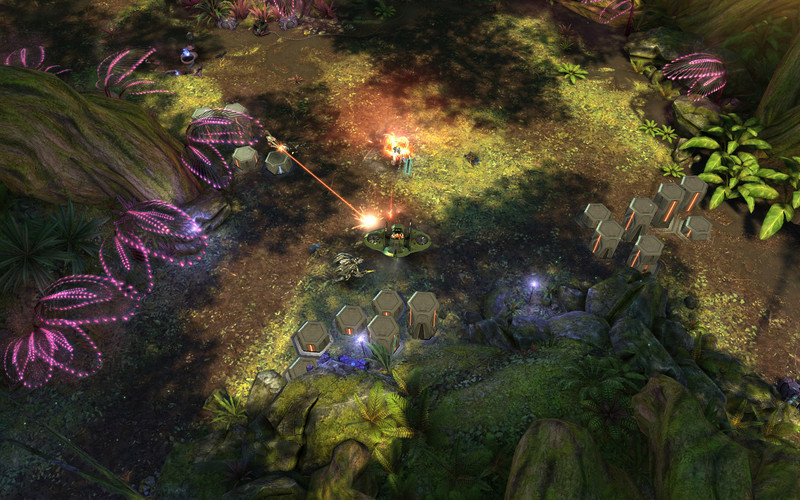

Although your player-character functions like a one-man army, nothing detracts from the implied accomplishments of the soldiers in the surrounding areas.


While you're guiding a Spartan-IV along a commercial district in the foreground, UNSC troops are holding their own on a bridge in the background, hundreds of yards away. The raised visual perspective of Spartan Strike shows off New Mombasa as a highly vertical metropolis. In Halo 2, New Mombasa was a war-torn battleground where Master Chief was just one of countless soldiers tasked to repel the Covenant. Spartan Strike is never monotonous, partly thanks to its vehicular sections.Įqually engaging is the opportunity to revisit familiar areas from the main series. Through much of Spartan Strike, the Conduit is subjected to a football-like change of hands between the UNSC Marine Corps and the Covenant. It is also a tried and tested sci-fi term that has been used in Mass Effect, Dead Space, and as the title of a Sega-published first-person shooter. In this case, the artifact is called the Conduit, a device that functions as a Promethean portal key. Spartan Strike's bite-sized five-minute missions fit in well with a straightforward story involving the Artifact of Doom plot device. From a continuity standpoint, Spartan Strike takes bigger risks than Spartan Assault, setting reprisals from Halo 2 while giving more screen time to the Prometheans, who weren't introduced to the series until Halo 4. As the follow-up to Vanguard Games' Halo: Spartan Assault, Halo: Spartan Strike is not only a spin-off, but also a top-down shooter that reinforces the notion that Halo need not be limited to the first-person perspective. That's where all the spin-offs and novels come in. Right from the landmark battle aboard the UNSC Pillar of Autumn, the Halo franchise has almost always been a team effort, even though Master Chief has done most of the heavy lifting in the mainline series.


 0 kommentar(er)
0 kommentar(er)
